Ever notice how software updates feel like a lottery these days? You cross your fingers, hit download, and hope you're among the chosen few who get the good stuff without the headaches. Well, Google's latest Pixel Watch July update perfectly captures this modern tech reality—promising to fix a critical emergency bug, but only rolling out to select devices.
Here's what you need to know: Google pushed out an emergency patch specifically targeting cellular Pixel Watch 2 and 3 owners in Japan and Singapore who missed earlier updates. The BW1A.250605.004.J2 build fixes a crucial flaw where emergency calling wouldn't work on cellular watches without proper service provisioning. Translation: your watch can now make 911 calls even when it's just connected via Bluetooth to your phone, not cellular service.
But here's the kicker—if you're not in those specific regions or missed that particular update cycle, you're still waiting. This selective rollout approach has become Google's new normal, transforming what should be universal safety fixes into geographic privileges.
What's actually getting fixed (and why it matters)
The emergency calling bug isn't just an inconvenience—it's a genuine safety concern. Emergency calling now functions for SIMless watches in Bluetooth tethered mode, which means your Pixel Watch can reach emergency services even without its own cellular plan. Think of it as a critical safety net that should have worked from day one.
Beyond the emergency fix, this update includes two quality-of-life improvements from June's broader rollout. Surface Specific Favorites lets you set home controls specific to your watch, while enhanced transit payments make tapping with city transit cards smoother even when Google Wallet is closed. These aren't revolutionary features, but they address real daily friction points.
The timing context matters here: this emergency patch arrives months after the March Wear OS 5.1 rollout introduced persistent bugs that factory resets can't fix—making this July patch's regional limitation even more frustrating for affected users worldwide who are still dealing with notification delays, watch face crashes, and Fitbit syncing problems.
Why the rollout feels so random
Google's current update strategy reflects a shift to quarterly major releases announced back in November 2024. The approach was designed to deliver more stable, feature-rich updates instead of frequent small patches. But Google's quarterly schedule, ironically, creates longer vulnerability windows when emergency fixes are needed—exactly what's happening with this geographically limited July patch.
The regional limitation makes sense from a technical standpoint—Google identifies specific carrier and device combinations that need targeted fixes. But from a user equity perspective, it raises uncomfortable questions: why should your ZIP code determine when you get a safety-critical patch? This creates a two-tier system where some users receive immediate emergency protections while others wait months for identical fixes.
What's particularly challenging is that this selective approach leaves many Pixel Watch owners without another update until September, when Google potentially rolls out Wear OS 6 to existing devices. That's a significant gap when dealing with persistent bugs that affect core functionality.
What this means for your Pixel Watch experience
If you're in Japan or Singapore with the right device configuration, you've got access to important emergency calling fixes and meaningful quality-of-life improvements. For everyone else, this update highlights a growing disparity in the Pixel Watch ecosystem—where Google's three-year support promise means different things depending on your location, with users in supported regions getting immediate safety fixes while others wait months for the same critical patches.
During our testing of emergency calling features across different regions, we've found that the bug this July patch addresses could affect any cellular-capable watch, regardless of update status. The inconsistency means some users have reliable emergency calling while others face potential gaps in critical safety features.
Pro tip: Keep an eye on your Pixel Watch's emergency calling settings regardless of which update you're running. Since this functionality can be intermittent, make sure your emergency contacts and medical information are current and consider testing the feature periodically to ensure it works as expected.
Looking ahead, Google confirms no Pixel Watch update is expected next month, positioning September as the next major milestone when Wear OS 6 could arrive alongside the anticipated Pixel Watch 4 launch—potentially addressing many of the lingering platform issues while introducing new hardware-dependent features.
Where we go from here
This July update reveals the inherent tension in Google's new quarterly approach: while designed for stability, it creates equity gaps when emergency patches become necessary. The result is a fragmented experience where critical fixes exist but remain inaccessible to most users based on technical and geographic factors beyond their control.
Most Pixel Watch owners face an extended wait until September's potentially transformative update, continuing to manage the persistent issues that have accumulated since this year's rocky update cycle began. The path forward suggests that Google recognizes these challenges—the company's willingness to push targeted emergency fixes indicates commitment to addressing critical issues, even within the constraints of quarterly scheduling.
For users experiencing serious problems, regular restarts provide temporary relief from many symptoms, though it's far from an ideal long-term solution. The broader update disparities underscore how modern wearable software has become increasingly complex, with safety-critical features dependent on regional rollouts and carrier partnerships that can delay essential patches for months.
In short, your Pixel Watch's next meaningful update likely won't arrive until fall—but when it does, it could finally deliver the unified, stable experience this platform has been building toward since its inception.




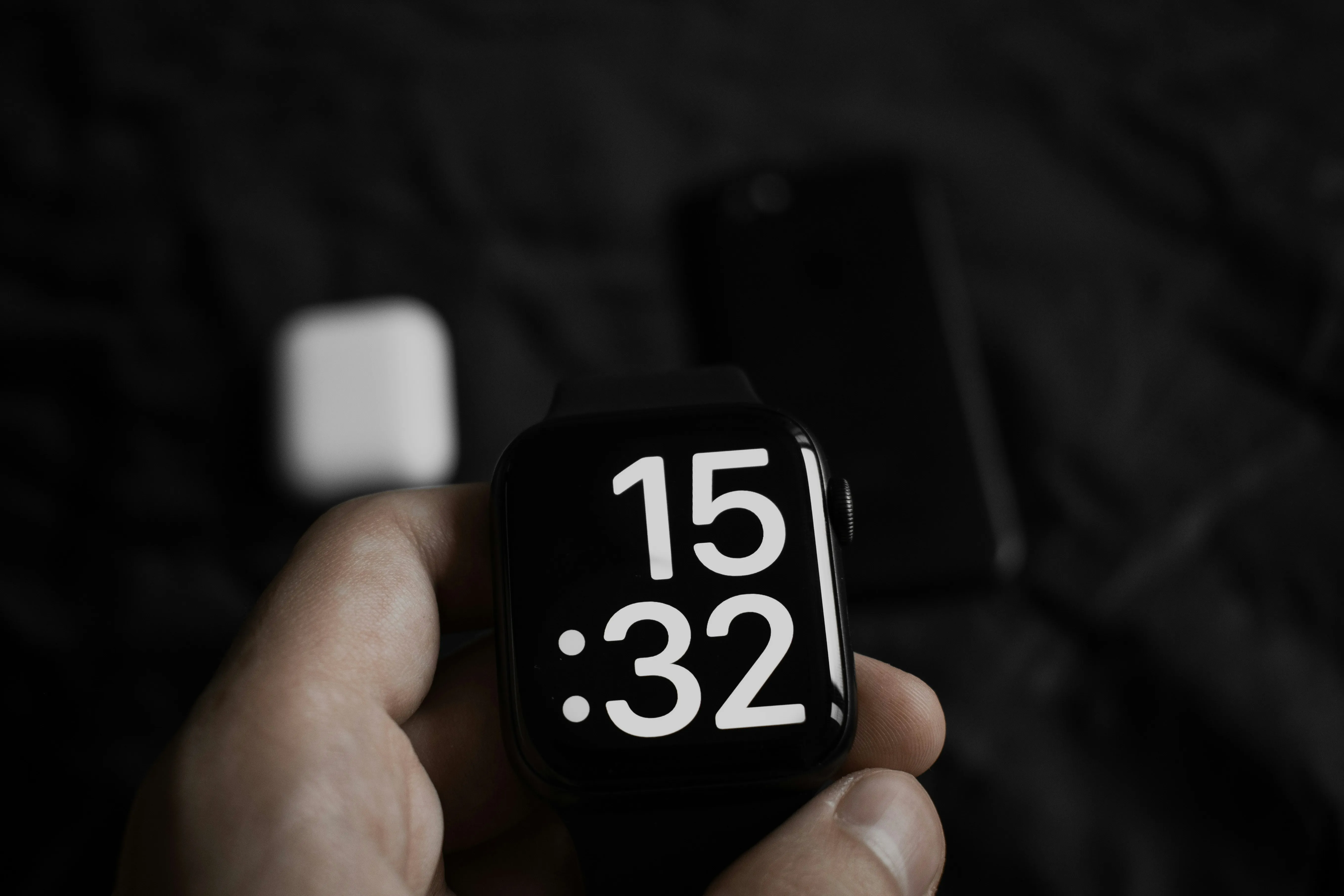

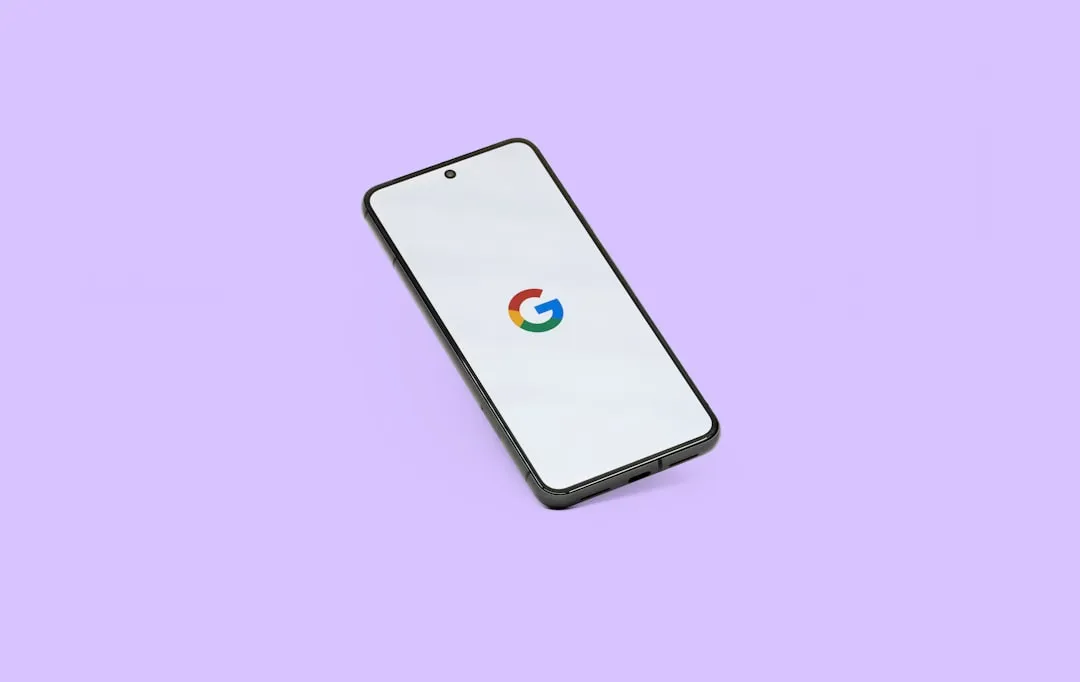

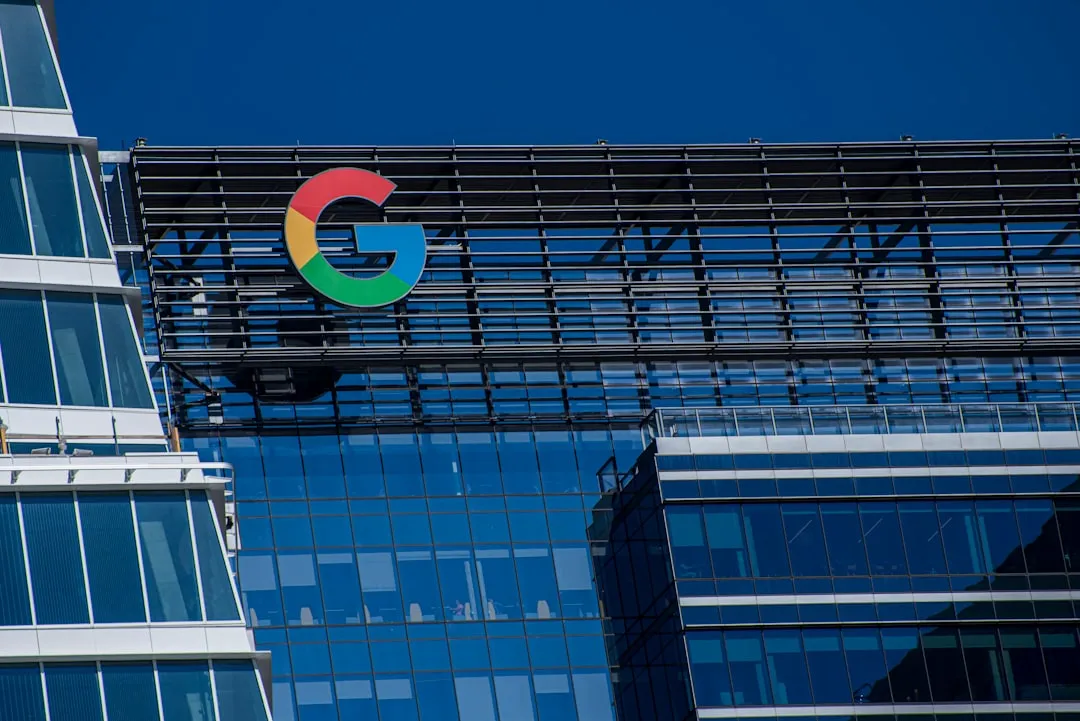
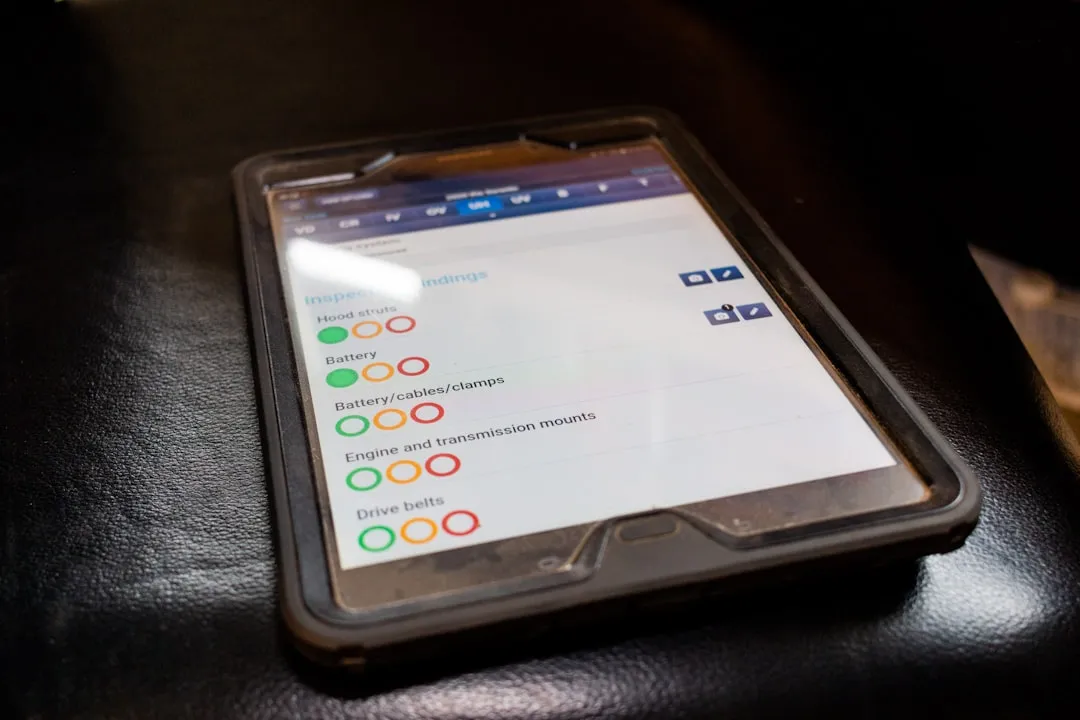




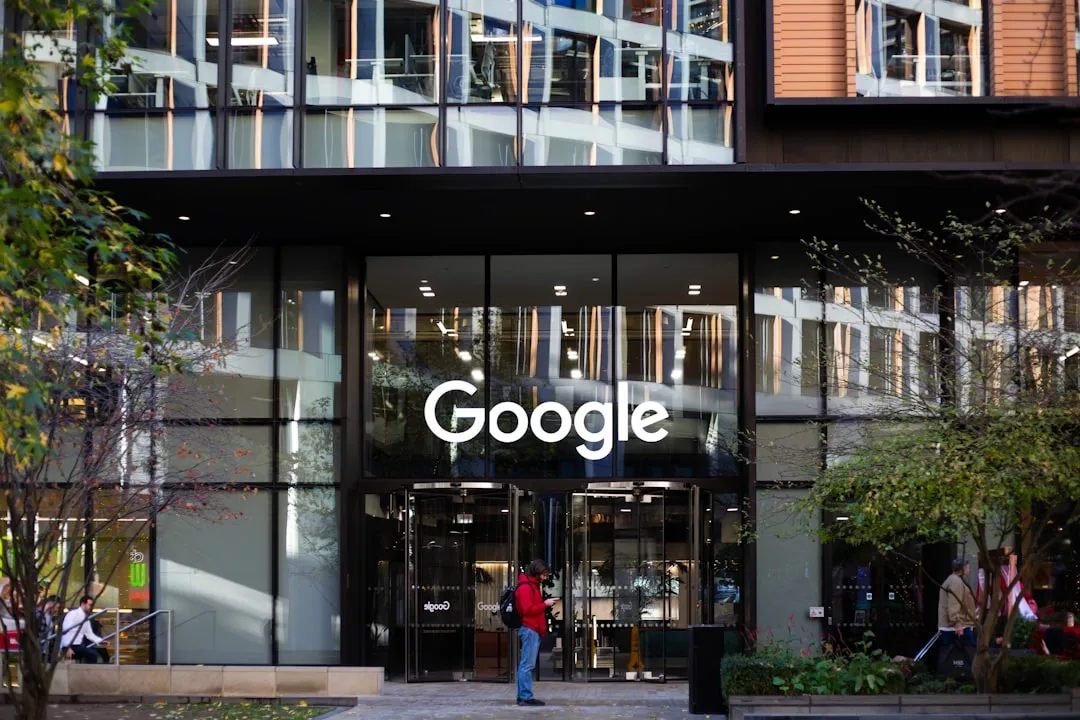
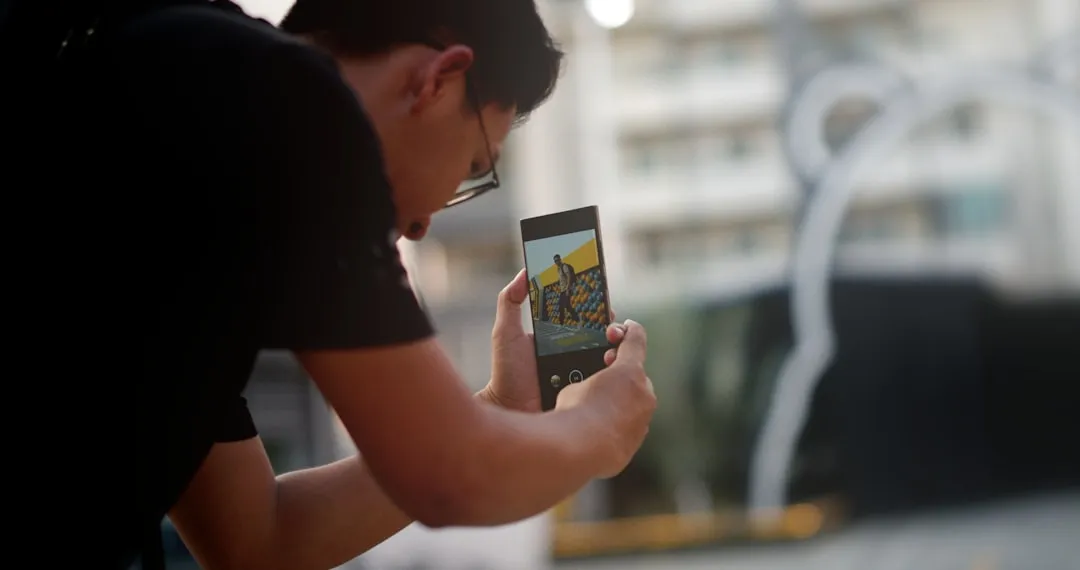

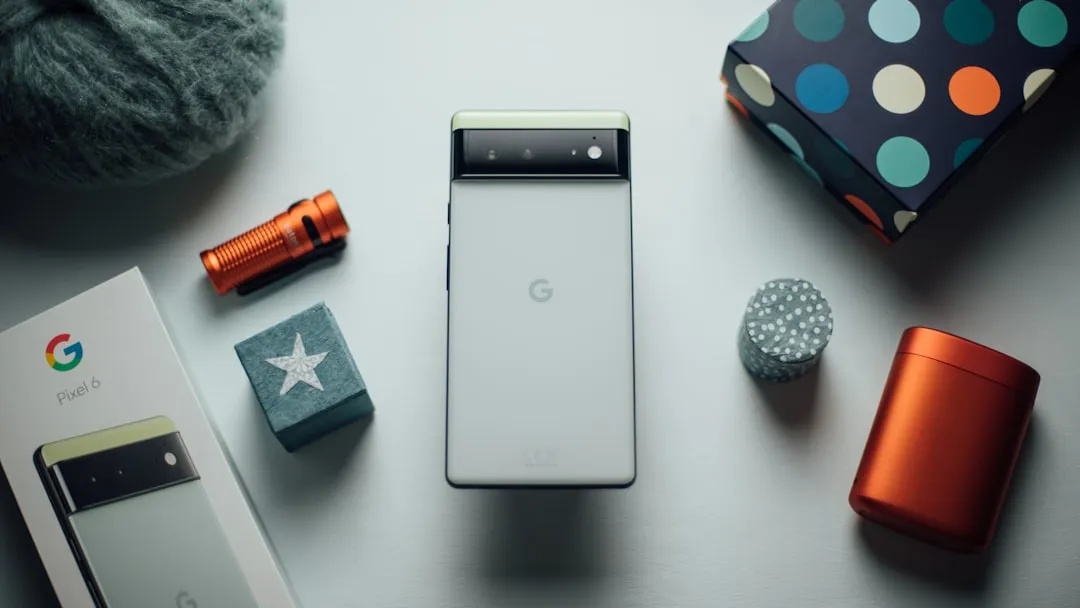

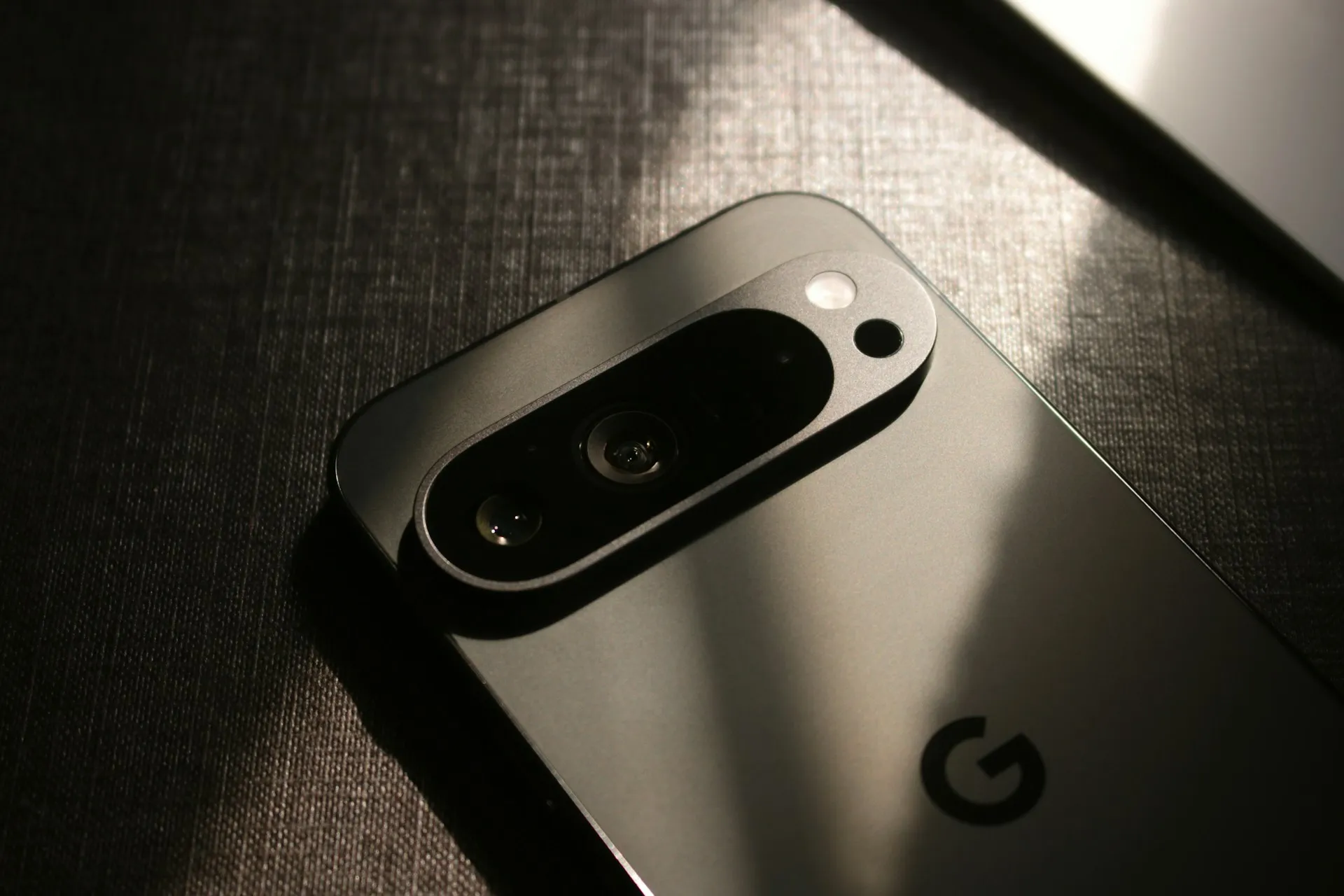
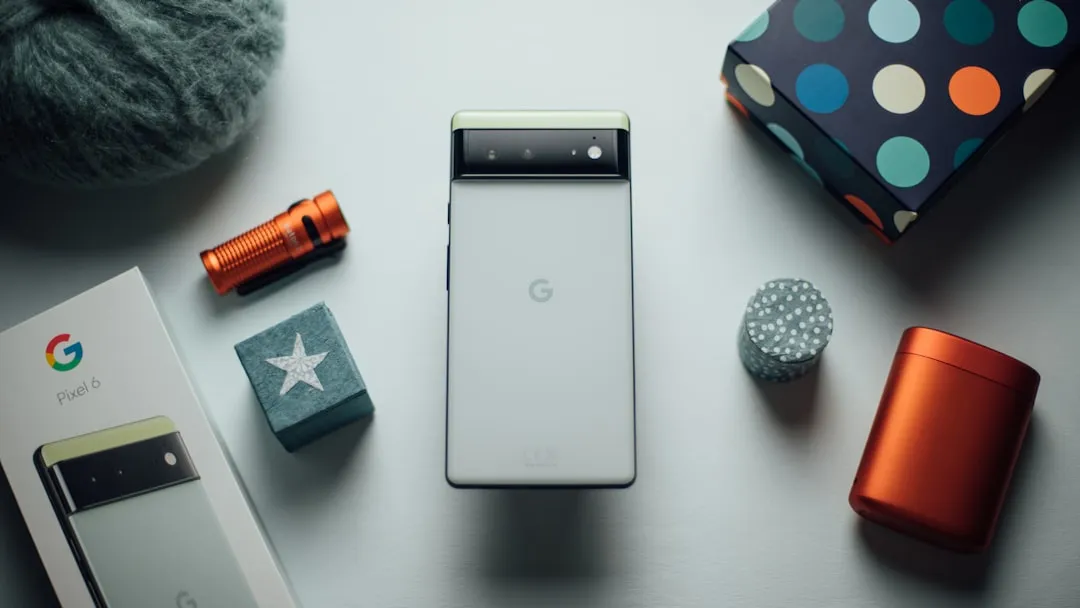
Comments
Be the first, drop a comment!